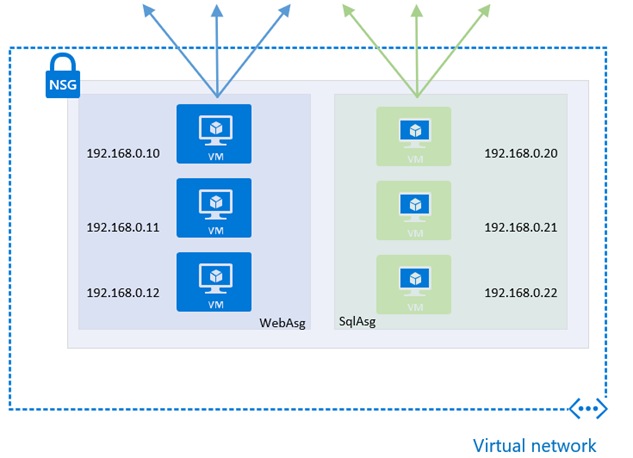Cosmos DB Server-Side Programming with TypeScript – Part 5: Unit Testing
Over the last four parts of this series, we’ve discussed how we can write server-side code for Cosmos DB, and the types of situations where it makes sense to do so. If you’re building a small sample application, you now have enough knowledge to go and build out UDFs, stored procedures, and triggers. But if you’re writing production-grade applications, there are two other major topics that need discussion: how to unit test your server-side code, and how to build and deploy it to Cosmos DB in an automated and predictable manner.… [Keep reading] “Cosmos DB Server-Side Programming with TypeScript – Part 5: Unit Testing”


